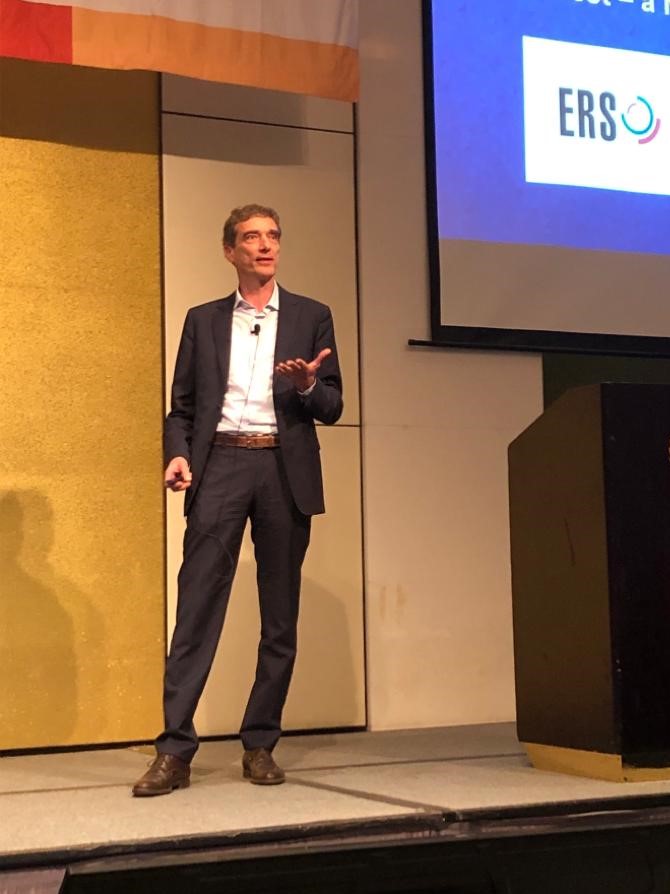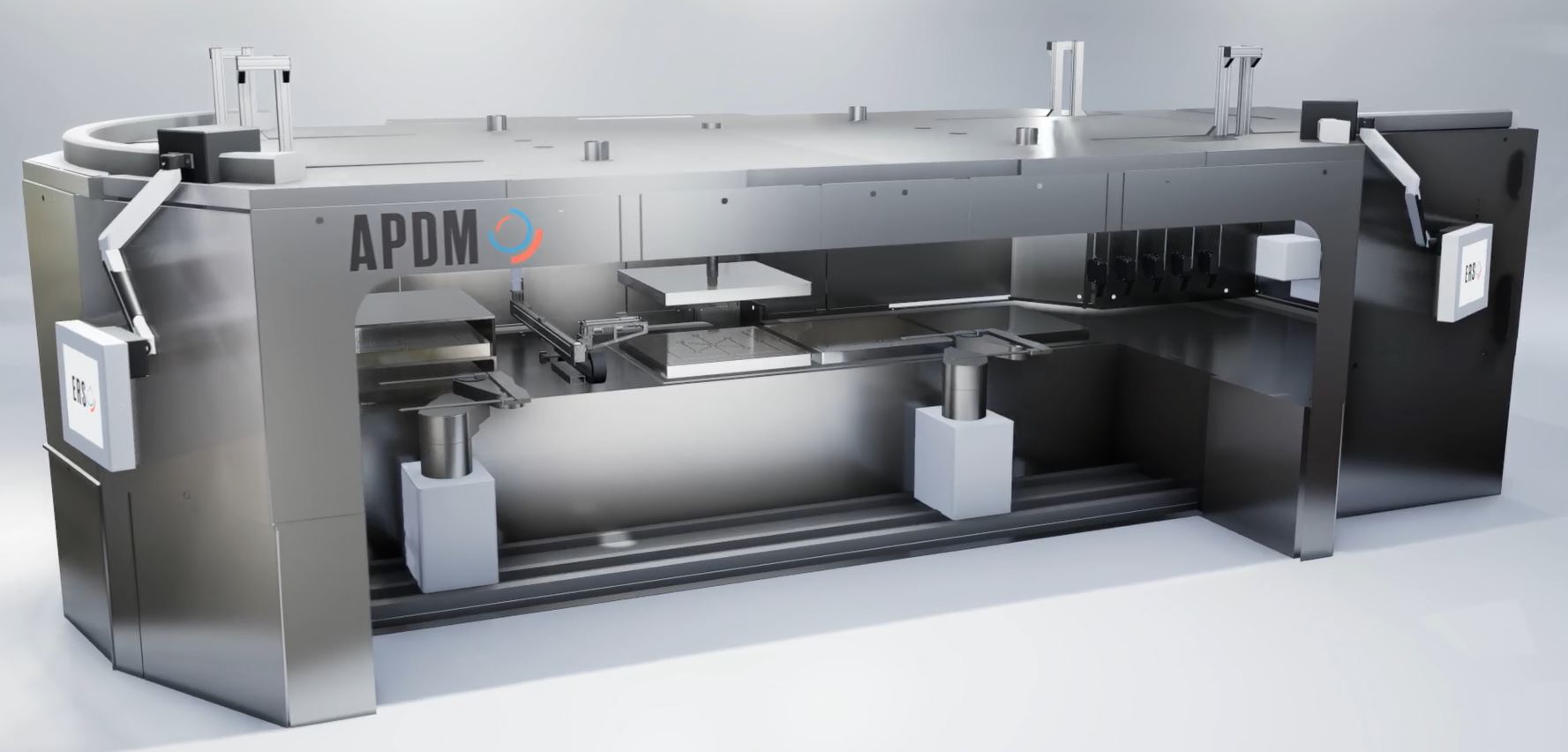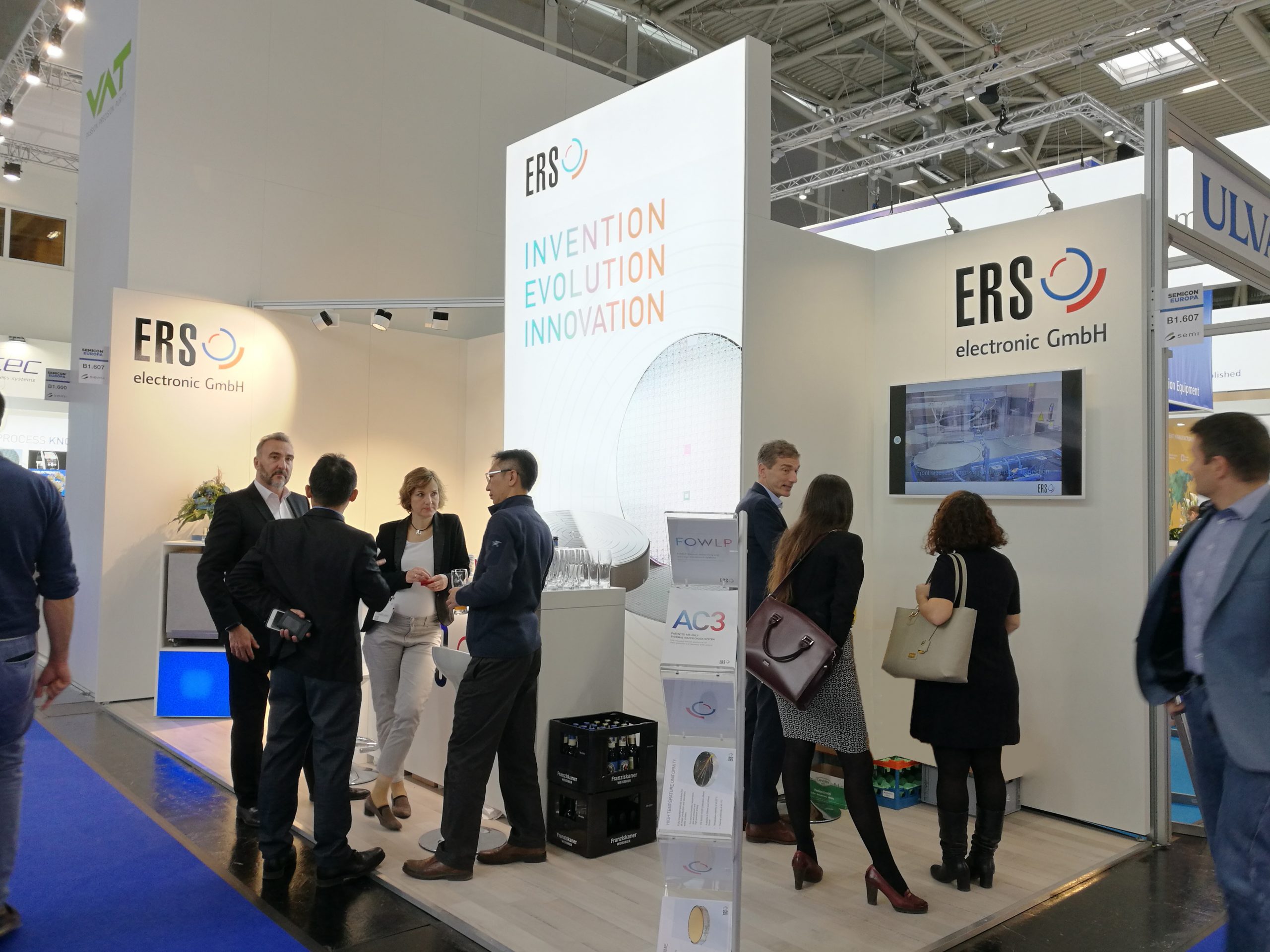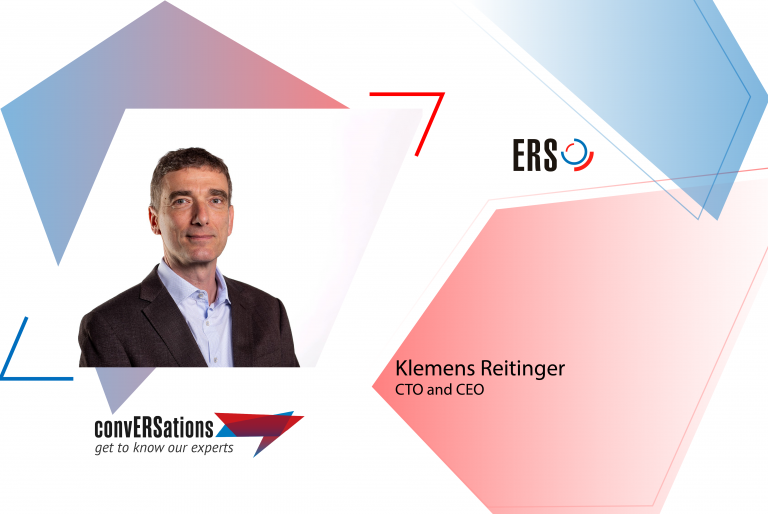Klemens Reitinger is the CTO and CEO of ERS electronic. In the almost 30 years that he has been working at ERS, he has been the brain behind several of the technologies that ERS is famous for today, including AirCool® and its successors. As temperature’s role in wafer probing is continuously growing, there are still many challenges to address for a company like ERS, and we talked to Klemens about what to expect from the company in the coming years.
Q: This year, ERS electronic turned 51 years. You started working for ERS in 1992 and have been a key driving force behind ERS’s innovation. In your opinion, what are some of the main success factors that have enabled the company to exist for half a century?

Klemens: First of all, curiosity. After almost 30 years in the company, curiosity is still one of my main driving forces, and it’s the advice I usually give to young engineers: you don’t always need to know everything, but you have to be curious about how things really work. As a high-tech company, our curiosity generates ideas that help break new boundaries, which is critical for success in the very innovative semiconductor industry. However, to come up with an idea is one thing. Creating a product out of it and continuing to provide this product for several years for a whole industry is an entirely different thing. It requires an excellent team with the discipline to execute.
Beyond that, it is crucial for us to have strong partnerships with customers and suppliers. We believe that by taking the demand and feedback of our customers seriously, we are able to improve our products and deliver better services. Having solid and long-term relationships with our customers and suppliers has helped us endure the changing industry conditions, and they are one of the main reasons we have managed to exist for so long.
Q: What have been some of the defining moments in the past few years that have made ERS the company it is today?
Klemens: Over the past few years, we have made a series of decisions that have been absolutely vital to our growth. The first one I call the “2016-decision”, and that is when I met Laurent [Giai-Miniet], and we decided to share the work and responsibility between the two of us. With this decision, many others followed, including a change of the company structure, hiring of key people, adding Fan-out as a second business unit, opening our office in China, and so on. I believe that these decisions have been instrumental in scaling our business to the size that it is today, where we have experienced a significant year-over-year growth every year since 2017. From a product point of view, we have broadened our product range, going from primarily low-temperature test in automotive with our AirCool® technology to special thermal test solutions that address a bigger market, such as high temperature accuracy, high voltage and current chuck, anti-magnetic and so on. But our offer doesn’t end with thermal chucks. We really look into the application to identify our customers’ major pain points and then develop support tools that allow you to get the most out of your thermal chuck system, for example, the Air Temperature Control Module, which is discussed in my presentation at the latest SW Test workshop that is available on-demand until October 2nd.
We are also constantly working on expanding and improving our FOWLP product line for Advanced Packaging. Our flagship thermal debonding machine, ADM330, has a large installed base and is popular due to its modularity and add-on options. We are also currently developing the automatic version of our thermal debonding machine for panel-level packaging called APDM, which will be a breakthrough in this industry enabling high volume manufacturing and wider adoption of Fan-out Advanced Packaging technologies.

Q: You will be presenting our newest technology for wafer probing of high power devices at this year’s SW Test San Diego. In your presentation, you specifically address the challenge of temperature accuracy and regulation in wafer probing. Why is this such an important issue? And what are ERS’s solutions?
Klemens: Semiconductors today are everywhere, and a growing number of microchips are being used outside, meaning that they will be exposed to temperature. As a result, the function and operation area of the chips are often dependent on temperature, for example, a gas or pressure sensor, so these devices need to be tested. Additionally, the temperature range is getting wider, as many microelectronic devices are now being used in rougher environments, for example, for IoT, AI, or High Power applications. Another issue is cost. Final test is the most expensive, so due to the high volume of chips, I believe that a lot of temperature testing will move from back-end to wafer-level testing.
We see that the demand for High Power devices is increasing rapidly, and while there is already substantial knowledge about the electrical challenges, temperature is still a relatively new aspect of this type of test. As a thermal chuck manufacturer, I discuss how we can achieve accurate temperature regulation of the DUT in different High Power test applications, from high voltage and current to low voltage but high wattage dissipation test. I also present our newest data on various measurements for each solution, which shows how, for example, flashover risk and temperature offset can be mitigated with our Air Temperature Control Module.
Q: You also discuss your outlook on the industry and what new developments we can expect. Throughout your career, you have witnessed continuous advancements in the semiconductor industry. What are some of your predictions for coming years?
Klemens: When I first started working in the semiconductor industry, the market was cyclical, with many ups and downs and fluctuations. Today I see that the market is becoming more stable and predictable. It’s also very innovative, so I don’t believe that the market growth we’re currently seeing will slow down anytime soon. The cost pressure will also remain, so wafer test will continue to be important, and this will support the growth of our Thermal Chuck business unit. An additional observation, which I believe is beneficial to our Fan-out business, is the development and increased investments in Advanced Packaging.
As for specific technologies, I think a lot of focus will be on developing good solutions for energy storage and batteries in the following years. One of the biggest challenges for electric cars is the battery, and I think there will be some major achievements in this area in the next few years.
Q: You are not able to attend SW Test in person this year, but you will be attending SEMICON Europa, which takes place from November 16th to 19th. Why is this event of special importance to you and ERS?
Klemens: First of all, SEMICON Europa is very special to us because it takes place on our home turf. The first time I attended it was in Geneva, and since then, it’s changed locations several times, but for the past 3-4 years, it’s been in Munich. This year is particularly special since we will be meeting our customers and partners in person for the first time in two years, which I am very much looking forward to.
Q: What can the visitors and attendees expect when they visit the ERS booth this year?
Klemens: Although I can’t reveal too much, I can say that we will be introducing a completely new product during the week of SEMICON Europa, and this will be exhibited in our booth. It’s been in the works for a long time, and we are very excited to present this to everyone at the event. We will, of course, also be highlighting our other products, like our Thermal Chucks, and the updates and new options we have added to our high volume Fan-out machines.

Q: In addition to this new product release in November, could you outline some of the technologies that customers can expect from ERS in the future?
Klemens: Well, one of the things we are continuously working on is to make our reliable AirCool® system as energy efficient as possible, the most efficient solution available on the market. However, this is not really a new technology. Our air-cooled systems have been designed to be a more environment-friendly option, so we are developing this further to improve performance and lower its energy consumption. This is a priority for us and is something I see us working on for the next 5-10 years.
Another technology that I believe will dominate our future is high power dissipation. We have ongoing projects where we work to combine accurate temperature control and high power dissipation to a level that has never been done before. In the near future, we plan to introduce entirely new, cutting-edge concepts for temperature regulation and wafer test set-up that we believe will change the wafer test landscape as we know it.
You can watch Klemens Reitinger’s presentation called “High Power Wafer Test – how to keep the temperature under control” (On-demand Session 5) on SW Test’s virtual platform until October 2nd!

